Intelligentes Wassermanagement bezieht sich auf ein umfassendes Managementsystem, das Clouding-Computer und Big Data nutzt, um eine intelligente Wahrnehmung zu erreichen, Intelligente Simulation, Intelligente Diagnose, Intelligente Warnung, Intelligente Planung, Intelligente Verarbeitung, Intelligente Steuerung und Service, mit der Kombination einer neuen Generation von Informationstechnologie, Sensorik, das Internet und das mobile System, Kläranlage und das Informationssystem der Wasserwerke.
Dieser Artikel vermittelt Ihnen ein umfassendes Verständnis dessen, was intelligentes Wassermanagement ausmacht IoT-Technologie und die entsprechenden Anwendungen und Arbeitsprinzipien.
Was ist ein intelligentes Wassermanagementsystem??
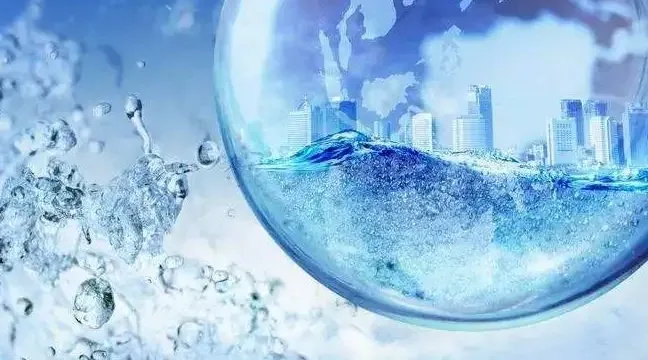
Intelligentes Wassermanagement bezieht sich auf ein umfassendes Managementsystem, das Clouding-Computer und Big Data nutzt, um eine intelligente Wahrnehmung zu erreichen, Intelligente Simulation, Intelligente Diagnose, Intelligente Warnung, Intelligente Planung, Intelligente Verarbeitung, Intelligente Steuerung und Service, mit der Kombination einer neuen Generation von Informationstechnologie, Sensorik, das Internet und das mobile System, Kläranlage und das Informationssystem der Wasserwerke.
Mit 24 Stunden dynamische Überwachung der Wasserversorgung, Das System kann digital erreichen, intelligente und standardisierte Betriebsführung von Wasserversorgungsunternehmen sowie Kläranlagen. Die betriebliche und logische Analyse von Kläranlagen kann die Angemessenheit relevanter Daten beurteilen, um eine abschließende Situationsanalyse von Kläranlagen zu erstellen. Zum Beispiel, ob die Wasserqualität den Standards entspricht; ob die Kläranlagen ordnungsgemäß funktionieren; ob die Betriebsindikatoren angemessen sind. Datenüberwachungspunkte im Prozess der Abwasseraufbereitung, die aus den Wasser- und Abwasseraufbereitungstechnologien gesammelt werden, können grundlegende Datenmodellanalysen bis hin zu intelligenten Wassermanagementmodellanalysen und Betriebsdiagnosen bieten. Die Diagnose von Vorwarnmanagementmethoden zur Betriebsverfolgung und -verfolgung von Wasser- und Abwasseraufbereitungsanlagen trägt dazu bei, dass Benutzer die Anomalien klar kennen, die Behandlungseffizienz verbessern und automatisch Betriebsdiagnoseberichte erstellen können, Dies erleichtert die Analyse des Betriebs von Wasserfabriken und Abwasseraufbereitungsanlagen.
Was sind Bestandteile eines intelligenten Wassermanagements??
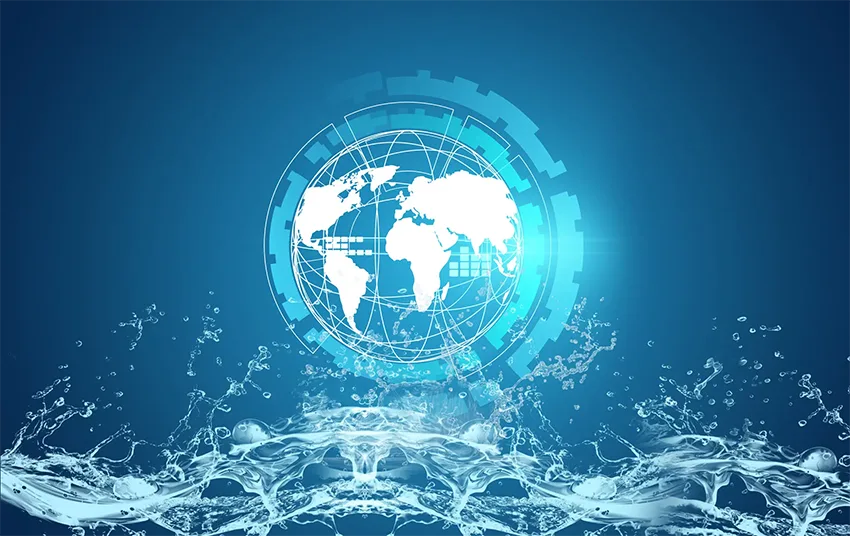
Installiert mit Sensoren, Controller, Datenerfassungsinstrumente, Gateways in jeder Pumpstation, Pipelines, Aquädukte, Kläranlage, Das intelligente Wassermanagementsystem ist in der Lage, die Produktionsbetriebsdaten in Echtzeit an die Datenplattformen zu übermitteln. Anschließend werden den relevanten Verantwortlichen die Analyseergebnisse angezeigt und über die Datenplattform informiert, die alle Arten von Schlüsseldaten intelligent überwacht und analysiert und Warnungen unterschiedlicher Art und Ebene bereitstellt. Auch, Den Verantwortlichen können relevante Ergebnisse als Entscheidungshilfe zur Verfügung gestellt werden.
Welche IoT-Technologien werden in intelligenten Wasserleitungen verwendet??
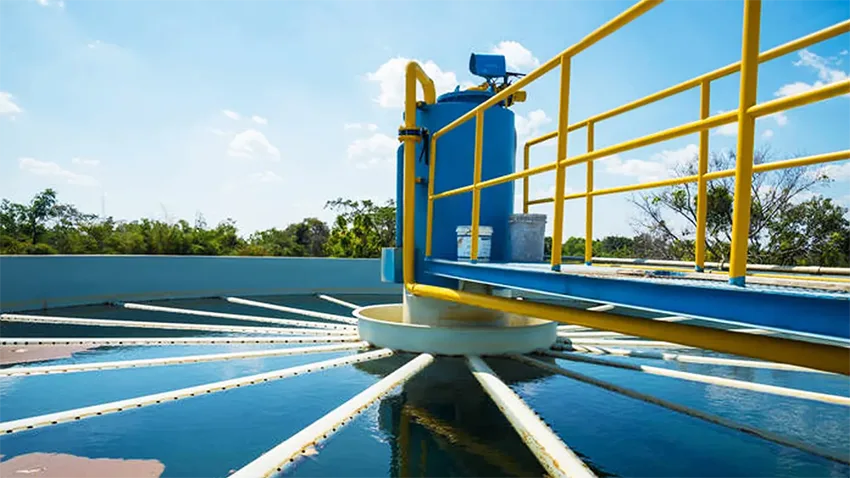
IoT ist ein entscheidender Bestandteil einer neuen Generation von IT. Es bleibt auch eine wichtige Entwicklungsstufe im „informationsbasierten“ Zeitalter. Vor-Ort-Daten der Abwasseraufbereitung werden mithilfe von IoT-Technologien auf die Clouding-Plattform hochgeladen, um Echtzeit vor Ort zu erreichen, Fernsteuerung und Intelligenz der Wasseraufbereitung zur Realisierung eines intelligenten Wassermanagements.
(2) Große Daten
Mit der Einführung der Big-Data-Technologie, Wasserunternehmen können die organische Kombination traditioneller strukturierter Datenverwaltungsmodelle und unstrukturierter Datenverwaltungsmodi erreichen, um eine effektive Tiefenanalyse von Big Data und die Entdeckung neuer Erkenntnisse zu erreichen und so aussagekräftigere Entscheidungsdaten für den Geschäftsbetrieb bereitzustellen.
(3) Cloud-Computer-Technologie
Cloud Computing ist ein internetbasiertes Modell für die Ergänzung, Nutzung und Erbringung damit verbundener Dienstleistungen, Dabei handelt es sich typischerweise um die Bereitstellung dynamisch skalierbarer und häufig virtualisierter Ressourcen über das Internet.
(4) Mobiles Internet
Die Wasserindustrie hat begonnen, die Vorteile der Kundeninteraktion zu verstehen und zu nutzen. Durch mobile Internet-Technologie, Wasserabteilungen können direkt mit WeChat eine bidirektionale Kommunikation aufbauen, Weibo, Websites und Smartphone-Apps, um die Servicequalität zu verbessern und Kunden vor möglichen Wasserausfällen zu warnen, Lecks, Verschmutzung und so weiter. Interaktive Technologie wird in Zukunft eine wichtigere Rolle spielen, und die verfügbaren Lösungen werden individueller.
(5) Gebäudeinformationsmanagement
BIM ist ein 3D-Gebäudemodus auf Basis der Informationsdaten von Bauprojekten und simuliert die tatsächlichen Informationen eines Gebäudes durch digitale Informationssimulation. Es weist acht Merkmale der Informationsvollständigkeit auf, Informationskorrelation, Informationskonsistenz, Visualisierung, Koordinierung, Simulation, Optimierung und Kartierbarkeit.
(6) Geografisches Informationssystem
GIS wird manchmal auch als „Geografisches Informationssystem“ bezeichnet.. Es handelt sich um ein spezifisches und sehr wichtiges räumliches Informationssystem und technisches System, welche, mit Unterstützung von Computer-Hardware- und Softwaresystemen, sammelt, Shops, verwaltet, berechnet, Analysen, Zeigt und beschreibt Daten über die geografische Verteilung der gesamten Erdoberfläche oder eines Teils davon im Raum (inklusive der Atmosphäre).
Welche Bedeutung hat intelligentes Wassermanagement??
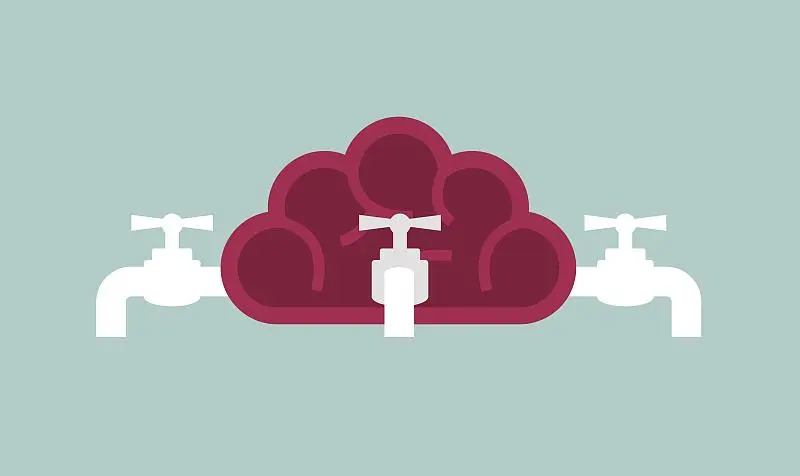
Der Anwendungswert eines intelligenten Wassersystems
Wie der Wassermangel, Wasserverschmutzung und andere Probleme rücken zunehmend in den Vordergrund, „Smart Water“ entstand mit dem Aufschwung einer neuen Generation der Informationstechnologie. Es wird zur Hauptrichtung für die Umgestaltung und Modernisierung traditioneller Wasserdienstleistungen. Auch, Es kann ein intelligentes Wassermanagement durch Wassersteuerung und -planung erreichen, Ressourcenmanagement und -koordination, Sicherheit Produktion und Umweltschutz, Energiemanagement und -optimierung sowie andere Aspekte der Geschäftsinnovation.
(1) Soziale Vorteile intelligenter Wassermanagementsystemlösungen
1. Das System spielt eine entscheidende Rolle bei der Gewährleistung der Sicherheit der städtischen Wasserversorgung, Erreichen einer stabilen Entwicklung der Gesellschaft und Aufbau einer harmonischen Gesellschaft.
2. Das System kann die Qualität der städtischen Wasserversorgung deutlich verbessern, Dadurch wird die Lebensqualität der Bewohner verbessert und das Gesamtwachstum der städtischen Wirtschaft gefördert.
3. Das System kann die Wasserversorgung erheblich verbessern. Ein intelligentes Wassersystem ist für Wasserversorgungseinheiten hilfreich, um qualifizierte Wasserprodukte herzustellen, aber auch, um die Sicherheit ihrer eigenen Wasserversorgung zu stärken und das Servicegefühl zu steigern, um so die Qualität der Wasserversorgung und die Wasserversorgungssicherheit unter der Prämisse der Wasserherstellung zu gewährleisten Dienstleistungen intelligenter und moderner erbringen.
(2) Die Vorteile intelligenter Wassermanagement-Systemlösungen für Unternehmen
Der Einsatz eines intelligenten Wassermanagementsystems kann die Qualität der Wasserversorgung erheblich verbessern und die Sicherheit der Wasserversorgung gewährleisten. Daher, Das intelligente Wassermanagementsystem kann, in einem gewissen Ausmaß, Verbesserung des gesellschaftlichen Images von Wasserunternehmen, Steigerung der Managementeffizienz, Reduzieren Sie die Verwaltungskosten und tragen Sie zum Aufbau der städtischen Infrastruktur bei, Dadurch wird das allgemeine Wirtschaftswachstum der Stadt gefördert.
Intelligente Stadt Intelligentes Wassermanagement
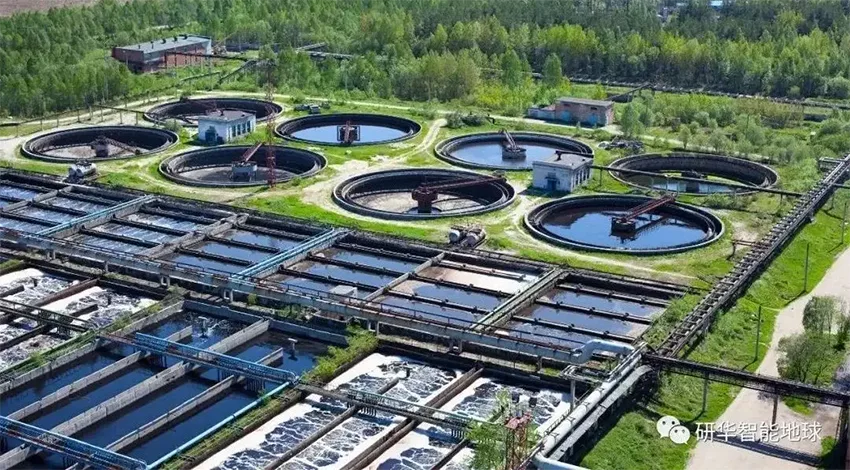
Die Hauptziele städtischen ökologischen Wassers sind die Vegetation, Landschaft, städtische Flüsse und Seen sowie wilde Wassertiere. Es ist dieser Fall, Unsere Produkte übernehmen die Rolle der Überwachung, Messung, frühe Warnung, Kontrolle und Auswertung. Für die Bereiche, in denen eine Überwachung der Wasserressourcen erforderlich ist, können professionelle Geräte und Soft-Systemplattformen bereitgestellt werden. Als intelligentes System, Die Ausrüstung und Verfahren können das vervollständigen M2M Selbstkontrolle im geschlossenen Regelkreis, Mess- und Kontrollmethoden, und es können beliebige Konfigurationen eingerichtet werden. Es ist eine Hoffnung, dass, wenn das System betriebsbereit ist, Es bewässert automatisch, wenn die Vegetation trocken ist, und füllt das ökologische Wasser automatisch wieder auf, wenn das Grundwasser übermäßig entnommen wird. Genau wie Menschen, wenn sie durstig sind, Es ist so einfach und natürlich wie das Trinken eines Glases frisches Wasser.
Natürlich, Das ökologische Wasser der Stadt sollte auch starke Regenfälle enthalten, die durch städtische Überschwemmungen verursacht wurden, Regenwasserspeicherung und -nutzung sowie Schwammstädte, die auch den anderen Teil des städtischen ökologischen Wassers darstellen. Wir sollten die Überschwemmungen und alle Altprobleme der städtischen ökologischen Wassernutzung durch die Wiederherstellung der ökologischen Umwelt nicht vergessen.
Viele Unternehmen haben bereits mit der Arbeit an solchen Programmen begonnen. Jedoch, Sie haben viele Chancen verloren, weil sie intelligente Geräte ohne ein perfektes Datenübertragungssystem herstellen. Dann können wir helfen, dieses Problem zu lösen. Die eingebetteten DTU-Produkte des Unternehmens mit geringem Stromverbrauch können die Aufrüstung des Geräts oder die Transformation der Datenübertragungsfunktion abschließen, ohne die Größe und das Erscheinungsbild der Originalgeräte zu ändern, sodass sie über perfekte Datenübertragungs- und Kommunikationsfunktionen verfügen, um die funktionalen Anforderungen des IoT zu erfüllen Geräte.
Unter dem Einfluss von 5G und mobilem IoT, können wir auch anbieten NB-IoT Terminal-Sensorprodukte, die schmalbandiges drahtloses IoT oder eingebettete Datenübertragungsprodukte mit geringem Stromverbrauch für die Umgestaltung und Aufrüstung von Geräten unterstützen, sowie drahtlose Kommunikationsrouter, die dies unterstützen 5G-Kommunikation. Wie die bisherigen Hydranten von Feuerhydranten sowie ökologische Wassernachspeisung, Drahtlose Wasserüberwachung, Dosierung, Frühwarnung und Kontrolle können erreicht werden. Mit der Transformation und Integration eines drahtlosen intelligenten Steuerterminals und eines Hydranten, sowie ökologische Wasserauffüllung, Wir können die Überwachung und Kontrolle der Wasserressourcen abschließen. Die Datenerfassung kann vollständig über eine drahtlose 4G- oder NB-IoT-Netzwerkübertragung erfolgen. Auch, es hat Geographisches Positionierungs System Und Beidou Kommunikationsmodi, die genau positioniert werden können. Als Einstieg können die Medien Messung und Abrechnung genutzt werden, Stoppen und messen Sie den Hydranten- und ökologischen Wasserauffüllungshydranten mit einer speziellen IC -Karte.
IoT-Wassermanagement in der Landwirtschaft
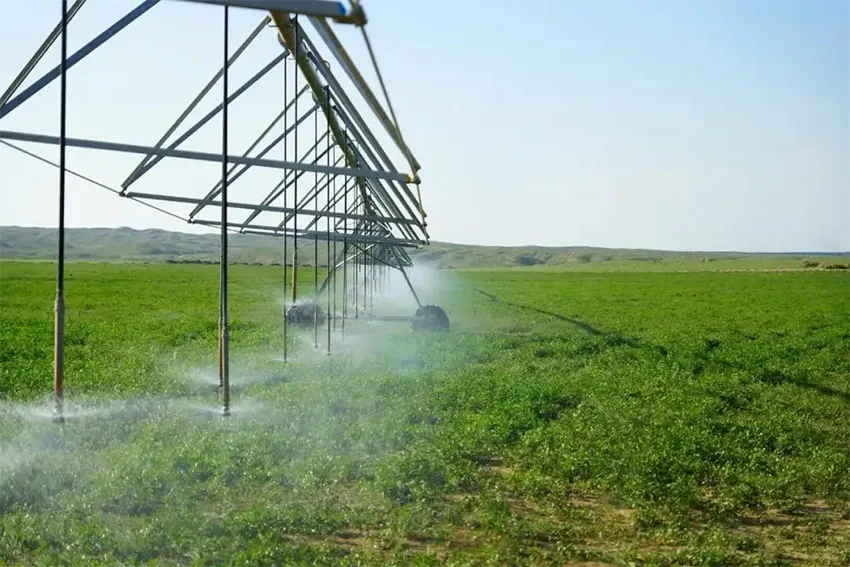
Das landwirtschaftliche Bewässerungssystem mit den Merkmalen hoher Effizienz, Wassersparend und Automatisierung
Der Agrarbewässerungssystem, mit hocheffizienter, wassersparend, Automatisierung, besteht aus Wasser- und Dünger -integriertem Bewässerungssystem zusammen, Überwachungssystem für Wasser- und Düngermaschine, Ventilsteuerungssystem, Bodenfeuchtigkeitsüberwachungssystem, Meteorologisches Überwachungssystem, Solarkraftversorgungssystem, Kommunikationsnetzwerk und Cloud -Plattform. Die Kommunikation zwischen der Cloud -Plattform und jedem Überwachungssystem wird von den Controller -Geräten jedes Systems über 4G -Netzwerk realisiert, und jedes Subsystem vervollständigt die Überwachungs- und Verwaltungssteuerung durch Ventilsteuerung, Sensoren und Controller.
Geräte zur Wasser- und Düngemittelintegration können die Bewässerungslösungen zur Wasser- und Düngemittelintegration herunterladen und implementieren. Es besteht hauptsächlich aus Steuergeräten, Düngemittel-Dosiereinheiten, Mischeinheiten für Rohflüssigkeiten, Düngemittelausbringungseinheiten, Filtereinheiten und Einheiten zur Analyse der Düngemittelausbringungsmenge. Durch die IoT-Terminalmanagement-Controller und Überwachungsinstrumente, Das Produkt kann remote mit den Rechenzentren vernetzt werden, Sammeln und Hochladen der Umgebung, Boden- und Kulturinformationen vor Ort, und automatisches Herunterladen und Ausführen des von der Cloud-Plattform bereitgestellten Bewässerungsplans zur Integration von Wasser und Düngemitteln, Dadurch wird die gesamte Kette des Bewässerungs- und Düngemanagements von der wissenschaftlichen Entscheidung bis zur genauen Ausführung realisiert.
Die Überwachung des Wasserstandes und die Verwaltung von Talsperren
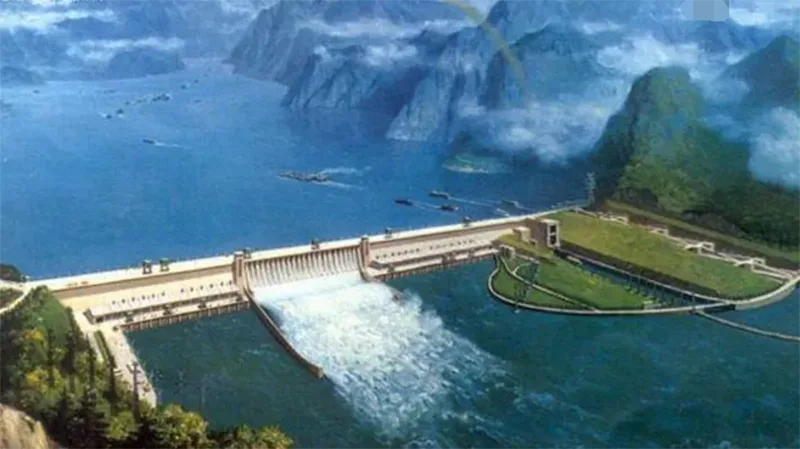
Es gibt viele Flüsse auf der Welt. Darüber hinaus sind viele Länder mit häufigen Überschwemmungen und einem Mangel an Wasserressourcen konfrontiert. Mit der tiefgreifenden Entwicklung des Baus von Wasserschutzprojekten in verschiedenen Ländern, Der Transport und die Speicherung von Wasser über große und große Entfernungen sind nacheinander entstanden. Die bestehenden Kommunikationsmittel, die auf Twisted-Pair-Kabeln und Trägerwellen basieren, können den Anforderungen der Industrie zunehmend nicht mehr gerecht werden. Sicherheitsüberwachung, Bildüberwachung, Erfassung von Energieinformationen, Kontrolle über Damns, und Stromsammlung, Kontrolle, Bildüberwachung, Die Sprachplanung von Pumpstationen und Toren hat höhere Anforderungen an Kommunikationsnetzwerke gestellt.
Überwachung der Wasserqualität mittels IoT
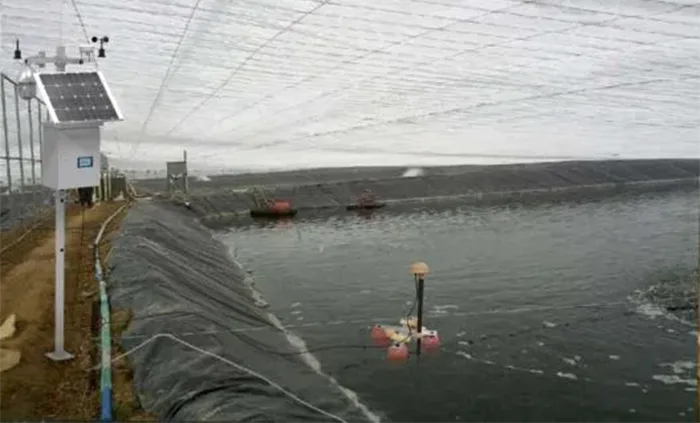
Das schnelle Wirtschaftswachstum verschiedener Nationen hat zu verschiedenen Umweltverschmutzungsproblemen geführt. Eines der schwerwiegendsten Probleme ist die Wasserverschmutzung.
Wasser ist eine wesentliche natürliche Ressource für das Überleben des Menschen, Und Wasserverschmutzung kann die menschliche Gesundheit schädigen und die Lebenssicherheit gefährden. Daher hat der Schutz der Wasserressourcen in allen Ländern große Aufmerksamkeit auf sich gezogen.
Um die Prävention und Kontrolle der Wasserverschmutzung umzusetzen, Der Entwurf und die Implementierung eines angemessenen und perfekten Wasserqualitätsüberwachungssystems sind wirklich entscheidend. Anfänglich, Der Prozess der Wasserqualitätsüberwachung ist und erfordert auch einen Vor-Ort-Einsatz. Was ist mehr, Die Überwachung der Wasserqualität erfolgt nicht in Echtzeit, und die Wasserqualitätsdaten können nicht intelligent klassifiziert und bestimmt werden.
Durch die Nutzung des Internets der Dinge, Wir haben ein Online-System zur Fernüberwachung der Wasserqualität entwickelt.
Das System besteht aus drei Abschnitten:
1. Die Erfassung und Übertragung von Wasserqualitätsdaten an überwachte Knoten. An den Überwachungspunkten, Über die Wassersammelkarten der Wasserqualitätssensoren können die Daten der Wasserqualitätsparameter an die Rechner vor Ort übertragen werden. Anschließend erfolgt die Berechnung des Anteils spezifischer Wasserqualitätsparameter, Das System kann den Konzentrationswert der entsprechenden Parameter ableiten. Dann die Wasserqualitätsparameter und die Knoten-ID-Identifikation, Überwachungszeit und andere Informationen werden in einem JSON-Objekt gekapselt, das über das drahtlose Netzwerk an den Backend-Server gesendet wird. Endlich, Die Daten werden in der MySql-Datenbank gespeichert.
2. Der Entwurf und die Umsetzung der Wasserqualitätsklassifizierung. Die meisten bestehenden Wasserqualitätsklassifizierungen basieren auf der Bewertung eines einzelnen Faktors und spiegeln daher nicht die umfassende Wasserqualitätssituation wider.
Der IoT-Lösungen im intelligenten Wassermanagement
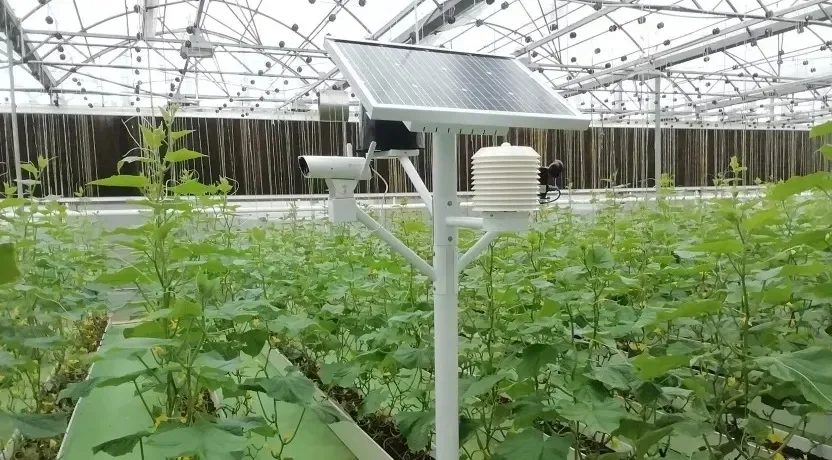
(1) Die Reduzierung der Wasserverschwendung in wasserintensiven Industrien
In der Landwirtschaft wurden große Mengen an Wasserressourcen verbraucht, Fertigung oder Stromerzeugung. Allein was die Landwirtschaft betrifft, es macht siebzig Prozent des gesamten Wasserverbrauchs aus. Nach Angaben der Ernährungs- und Landwirtschaftsorganisation der Vereinten Nationen, um 60 Prozent der Wasserressourcen wurden in der Landwirtschaft verschwendet.
Agrarproduzenten müssen mit immer unbeständigeren Wettersituationen zurechtkommen, was zu einer heißeren und trockeneren Vegetationsperiode führt.
Echtzeit-Wasserzähleranwendungen, einschließlich eines intelligenten Bewässerungssystems oder eines Wassermanagementsystems für Nutzpflanzen, können Landwirten helfen, die Wasserverschwendung zu verringern und die Gesundheit des Bodens zu erhalten, um so die Wassereinsparung zu verbessern und die Ernteerträge zu steigern.
(2) Überwachung der Wasserqualität zur Bekämpfung von Verschmutzung und Krankheiten
Durch Produktion und andere menschliche Aktivitäten können Flüsse und Grundwasser verschmutzt werden. Die Sensoren und IoT-Technologien, die eine Echtzeitüberwachung und -steuerung ermöglichen, tragen dazu bei, Verschmutzungen zu erkennen und zu beseitigen und sogar die Wasserqualität zu verbessern.
(3) Sensibilisieren Sie Haushalte für den Wasserverbrauch durch den Einsatz intelligenter Wasserzähler
Viele Haushalte haben ein schlechtes Gewissen, weil sie Wasser verschwenden, sind sich aber nicht bewusst, dass die großen Veränderungen ihres Verhaltens ihnen viele Vorteile bringen werden.
Die meisten Energieversorger sind jetzt dabei, die Lösung bereitzustellen intelligente Zähler um die Fernüberwachung und Abrechnung zu erleichtern. Infolge, Die Informationen werden auch so aufbereitet, dass sie für Benutzer zugänglich sind, Dies ist ein echter Anreiz für einzelne Benutzer, jetzt Geld zu sparen, indem sie ihre Wasserrechnungen senken.
Die Beispiele von IoT-Technologien im intelligenten Wassermanagement
Der IoT-Anwendung im intelligenten Abwassermanagementsystem
Die Abwasserbehandlung bleibt ein sehr wichtiger Teil der Wasserwirtschaft. Der Prozess der Abwasserbehandlung ist ein biochemischer Prozess mit einem äußerst komplizierten Aufbereitungsprozess, Es ist sehr schwierig, dafür zu sorgen, dass es im Laufe der Zeit konsistent funktioniert. Der Betrieb und die Verwaltung werden größtenteils von Fachleuten mit langjähriger Erfahrung durchgeführt. Dies erfordert, dass Management und Betreiber ihr Fachwissen über die Branche nutzen. Auch, Sie sollten jederzeit vor Ort sein, um sicherzustellen, dass das Problem sofort behoben werden kann.
Die Anwendungsrichtung des intelligenten Wassermanagements
Es gibt viele konkrete Anwendungsszenarien für intelligentes Wassermanagement. Sie können nach funktionaler Klassifizierung gruppiert werden, grob in drei allgemeine Richtungen unterteilt: Intelligente Überwachung, integrierte Steuerung, feine Terminplanung.
- Intelligente Überwachung und Prüfung
Intelligente Überwachung ist die grundlegendste Funktion intelligenter Wasserdienstleistungen. Im Bereich Wassermanagement, Es sollte eine Echtzeitüberwachung der Wasserqualität in verschiedenen Verbindungen durchgeführt werden, um die standardisierte Wassermenge und Wasserqualität sicherzustellen, Außerdem stellen wir eine Echtzeitüberwachung der Ausrüstung in verschiedenen Teilen der Wasserversorgung sicher, um den normalen Betrieb der Ausrüstung sicherzustellen. Verschiedene Zusammenhänge und Aspekte intelligenter Wasserdienstleistungen sowie intelligentes Monitoring kompensieren den Mangel an personellen Ressourcen in der Arbeit der Wasserdienstleistungen. Frühzeitige Prävention, Eine rechtzeitige Überwachung und schnelle Warnung können auch erreicht werden, um eine intelligente Überwachung von Wasser und Regen durchzuführen, Prävention von Sturzfluten und auch regionalen Sturzflutkatastrophen.
- Umfassende Kontrolle und Verwaltung
Intelligente Wasserdienste können den Wasserprozess von Rohwasser umfassend steuern, Wasserentnahme, Wasserproduktion, Wasserübertragung, Druckwasserabgabe, Wasserverbrauch, Entwässerung und andere Verbindungen, um eine vollständige Prozessüberwachung zu erreichen und den gesamten Prozess der Fernüberwachung und intelligenten Verbindungssteuerung zu realisieren, um die Produktionsplanung zu optimieren und eine effiziente Wasserversorgung sicherzustellen. Auch, Es kann die Energieeinsparung und Verbrauchsreduzierung fördern, den Unterschied zwischen Produktion und Verkauf verringern, Dies ist eine wichtige Möglichkeit für die Wasserabteilung, einen intelligenten Betrieb zu erreichen. Das River-Chef-Systemmanagement, Intelligente Wasseranlage, Durch die Integration von Kläranlagen kann der gesamte Prozess der Wasserversorgung effektiv gesteuert werden, Echtzeitaufzeichnungen, Problemmeldung, Berichtigung und Verbesserung, damit alle Aspekte der Wasserversorgung ein geschlossenes Kreislaufmanagement erreichen können.
- Feinplanung des Wassertransfers
Der SCADA-System Das Wasserversorgungsnetz kann die Nachfrage nach einer genauen Planung intelligenter Wasserdienstleistungen decken. Dabei überwacht das Planungszentrum zentral den Betrieb des Wasserversorgungsnetzes in der gesamten Region, Es kann den Durchfluss aus der Ferne messen, Druck, Wasserstand und andere Daten, und sammeln, Übertragen und speichern Sie sie in Echtzeit, um die Überwachung des gesamten Prozesses und die intelligente Verknüpfungssteuerung zu realisieren, Gewährleistung einer effizienten Wasserversorgung und Förderung von Energieeinsparungen und Verbrauchsreduzierung.
















